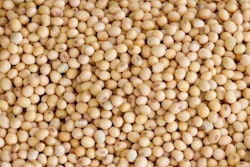
How is it possible that students with degrees in animal nutrition do not know how to formulate a simple diet? I just received another email from an animal nutrition graduate with a master's degree asking me for references to learn how to formulate feeds. She was not asking for feed formulation software or tables of composition or nutrient specifications. She just needed to know how to put together any feed with any method. I emailed her back with some relevant references, but this does not solve the problem.
Many colleges and universities teach nutrition but not feeding for animals; they stay on theory and skip practice. This is true for all levels of education. In fact, I have seen actual formulation classes offered in very few places. In my work, I have often been called to teach feed formulation to fresh graduates — some from very prestigious academic institutions.
Why is it that universities shy away from this field?
Why is it that universities shy away from this field? Is it not more science than other fields to deserve its own course? After all, the majority of nutrition graduates go on to work in jobs that require this skill and knowledge. Perhaps it is expected the individual will pick up such skills as needed from colleagues or the internet. But, if this is true, then why not rely on Google to learn nutrition? Why do we still need schools, if not for the personal interaction between student and teacher?
There is a pressing need — there always was — to start teaching nutrition graduates the ins and outs of practical feed formulation. I am sure many feed formulation software companies would love to be part of such endeavor. But, even if not, then teaching “Pearson’s square” and “trial-and-error” methods would be a good start, not to mention all these can be simplified using a calculation spreadsheet like Microsoft Excel or Apple Numbers.
It is time to move on from formulas copied from books from the 1950s to formulas designed by graduates with confidence and knowledge.

















